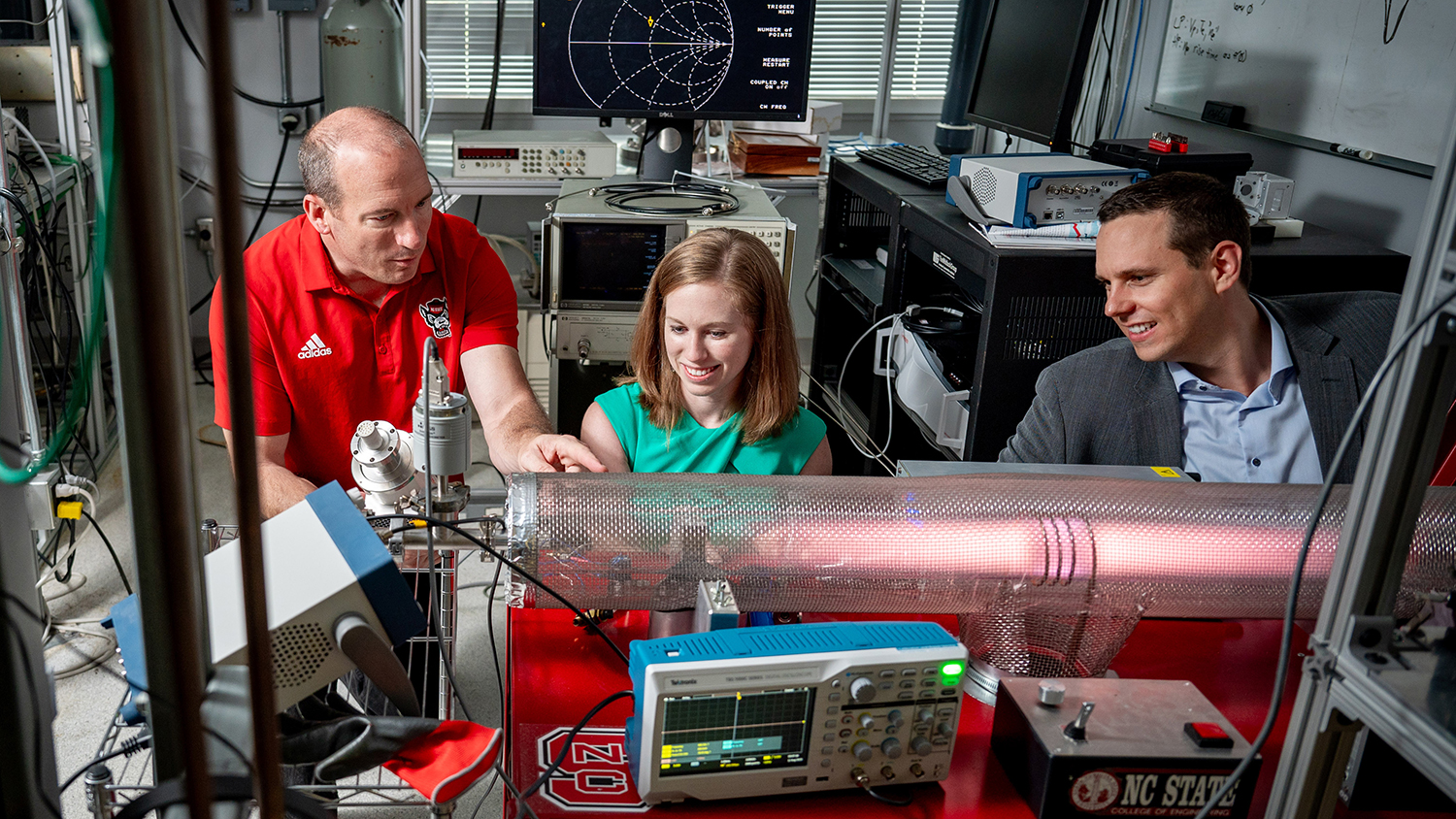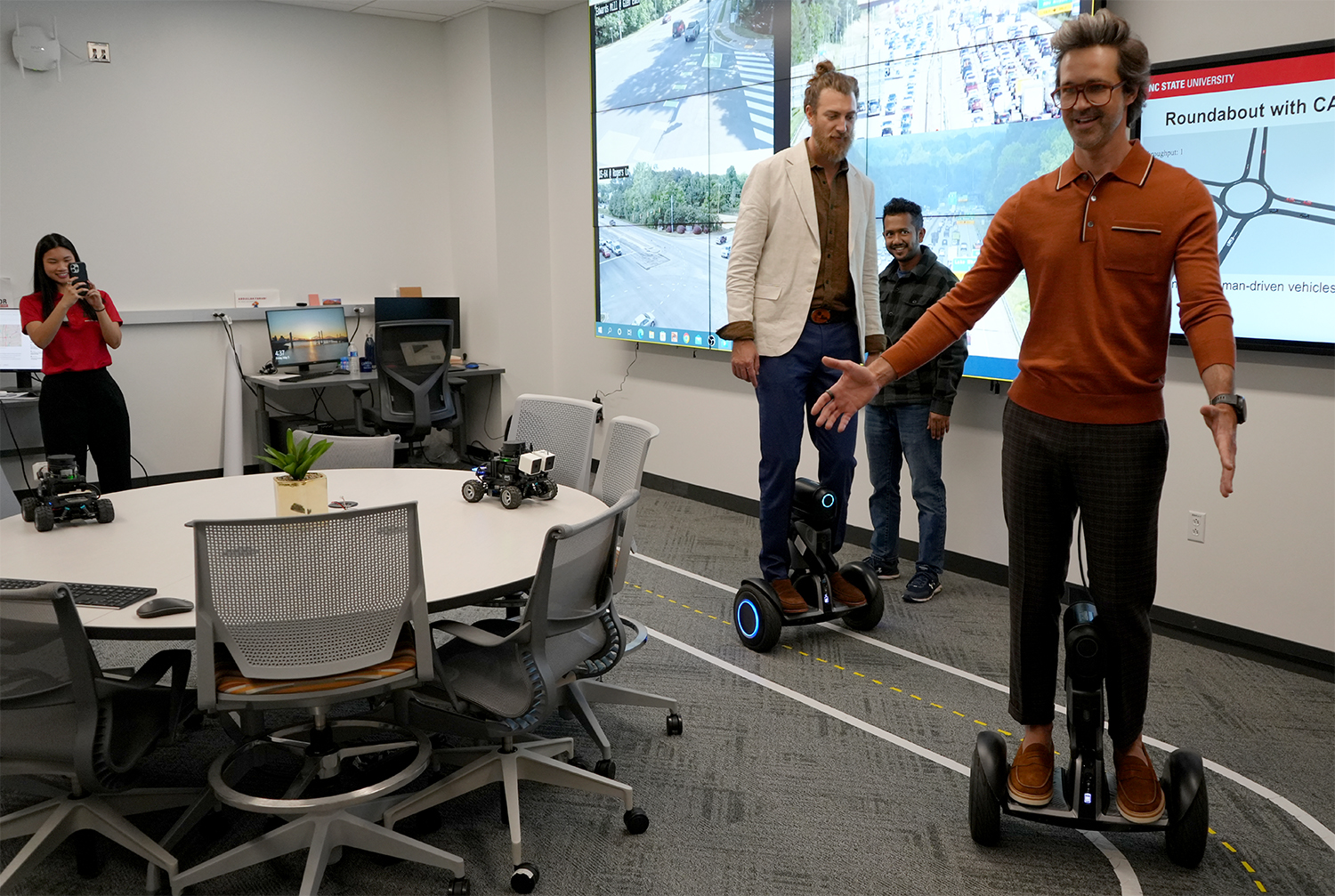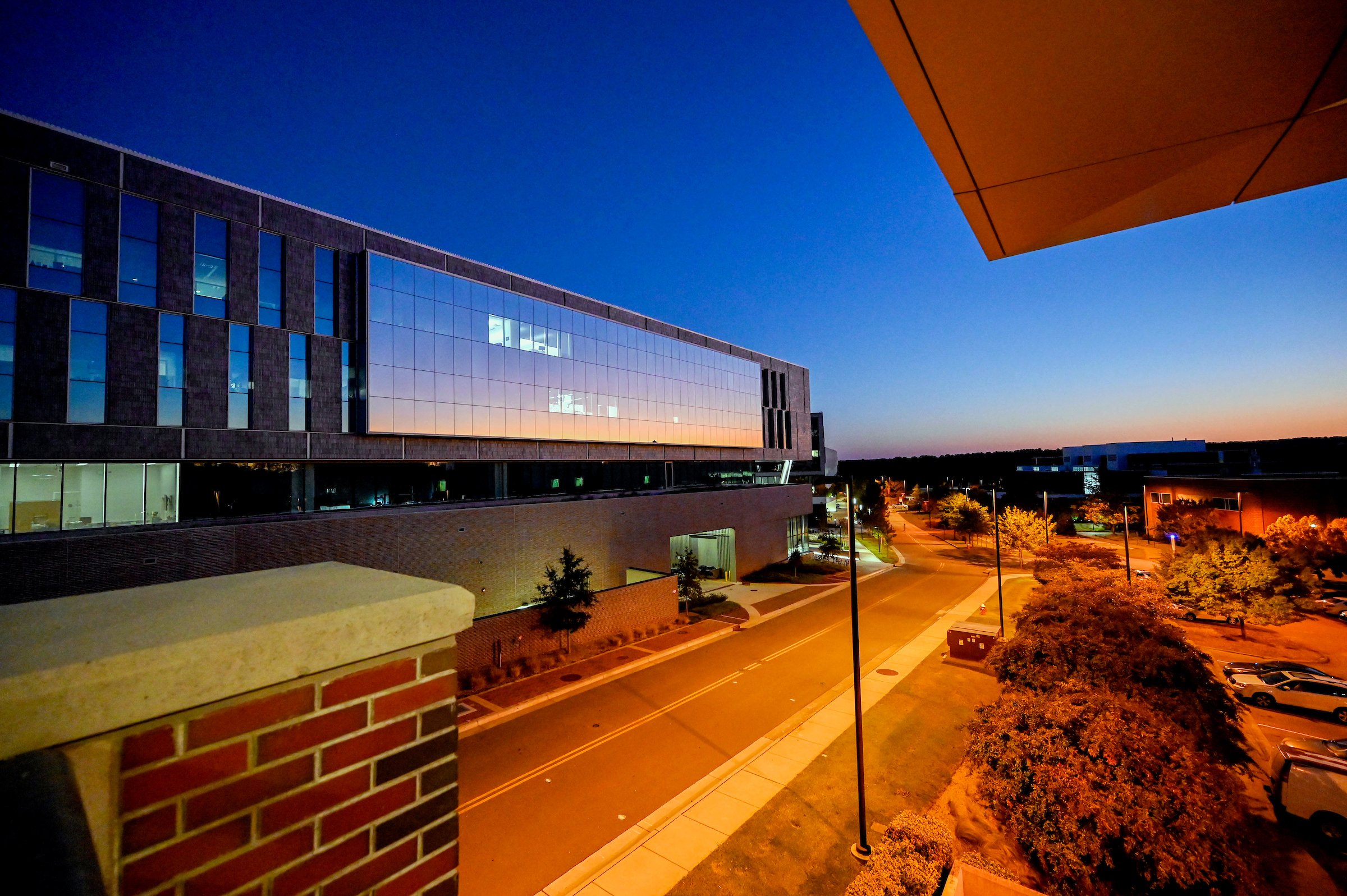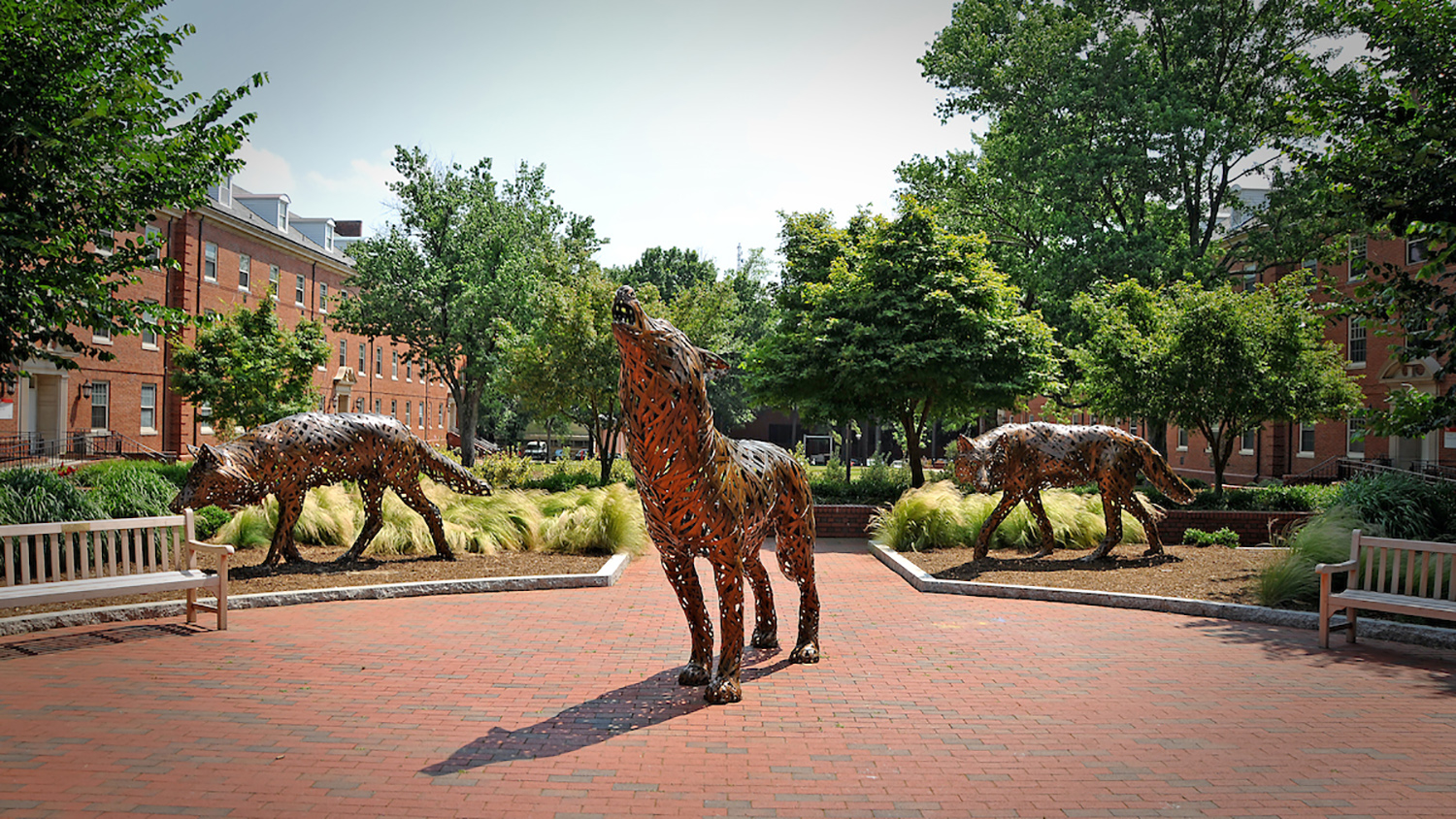DOE grant brings renewed energy to NC State COE in more ways than one

Nothing energizes the engineering community like fusion.
Scientists have seen fusion startups crop up around the country in recent years as fusion becomes less of an experimental, fundamental science program and more of an energy program.
“That means deployment of a fusion power plant within the next one and a half decades,” said Florian Laggner, assistant professor in the Department of Nuclear Engineering (NE). “The most ambitious would say, like, we want to turn on a fusion pilot plant before the 2040s.”
Neutral beam sources are one of the primary systems used to generate the extraordinary temperatures and pressures needed to sustain fusion reactions. Creating new and sustainable designs for neutral beam sources at the Department of Energy’s (DOE) DIII-D National Fusion Facility is no easy task, but Laggner, along with Amanda Lietz, assistant professor, and Steven Shannon, professor, are up to the challenge.
The trio was awarded a $2.1 million DOE grant, which comes at an exciting time for fusion research. Several experimental facilities around the world have set new operations records recently, and the fusion effort has also benefited from an infusion of early-stage venture funding from the private sector.
On Dec. 5, 2022, the National Ignition Facility at Lawrence Livermore National Laboratory conducted its first-ever controlled fusion experiment, which involved producing more energy from fusion than the laser energy they used to drive it, a key milestone in the broader fusion effort.
Fusion is when two light nuclei combine to form a single, heavier nucleus and release a large amount of energy. Before two positive nuclei can overcome repulsive forces and collide in a fusion device, they must be heated to temperatures hotter than the sun, which is where the new research out of NC State comes in.
The primary heat source at DIII-D is the neutral beam injectors, which produce beams of neutral particles traveling at over 10 percent of the speed of light. The beams require a large quantity of ions, the source of which is the focus of this work.
Neutral beam ion sources already exist, but are inefficient and limited in the amount of ions they can produce. At NC State, the main task is creating more efficient, innovative and reliable neutral beam sources for DIII-D.
The present technology for such sources was largely developed in the 1980s, said Laggner. “So we’re opening the book again and looking at 21st century technology.”
In the last few years, NC State has received grants around fission materials for education and plasma system manufacturing, with one from the Oak Ridge National Laboratory dedicated to fusion. Never before has the College of Engineering had an experiment onsite that directly contributes to one of DOE’s bigger fusion facilities.
Laggner works largely on high-temperature plasmas in magnetic confinement fusion devices, plasma edge physics, plasma diagnostics and auxiliary systems, like neutral beam ion sources.
Shannon’s research focuses primarily on the industrial applications of plasma discharges, including the development of next generation plasma sources to support the microelectronics industry, where a quarter of the steps required to fabricate computer chips rely on plasma technology, and developing new plasma applications for the next generation of material and device fabrication.
“The ion source design needs to be improved upon to what eventually might be a commercial fusion plant, so our job is to take a closer look at how this plasma is formed and try to find a more efficient, reliable way to generate a plasma that can run for longer periods of time without having to be replaced or updated,” he said. “We want to leverage the lessons learned making efficient and reliable plasma sources in electronics manufacturing to improve the efficiency and reliability of fusion reactors.”
To round out the team, Lietz does computational modeling of low-temperature plasmas for a wide variety of applications, including medicine, chemical processing and computer chip production.
“This is a large project with a lot of expensive hardware purchases and big design decisions,” said Lietz. “One of the best ways to make good design decisions before you spend a bunch of money on equipment is to use physics-based modeling.
“We want to get as much of the power as possible into the plasma,” she continued. “Everything else is just waste. We will also model the plasma itself, and we really want a nice, uniform ion beam coming out of this source, which will then be neutralized and become a neutral beam, since you need neutrals to cross the magnetic fields in the fusion plasma.”
The three plan to use the grant to hire undergraduate students, graduate students and postdoctoral researchers; purchase the necessary equipment; and more. The students and researchers will have expertise in a range of related topics, from fusion heating systems to industrial plasma manufacturing and plasma modeling.
Laggner and Lietz, who brought new research expertise when they started at NC State in 2022, are excited to work with Shannon to establish NC State as a major player in fusion energy research.
“We strive to establish a world-renowned facility where we would then provide engineering contributions to advance fusion energy,” said Laggner. “So that’s the reason why this is a big thing in the sense that NC State hasn’t been on the map within the fusion program at all. And now we have a significant project that has high relevance in the U.S. and international fusion community.”
- Categories:


